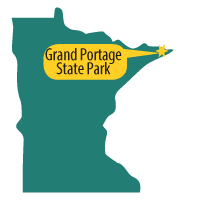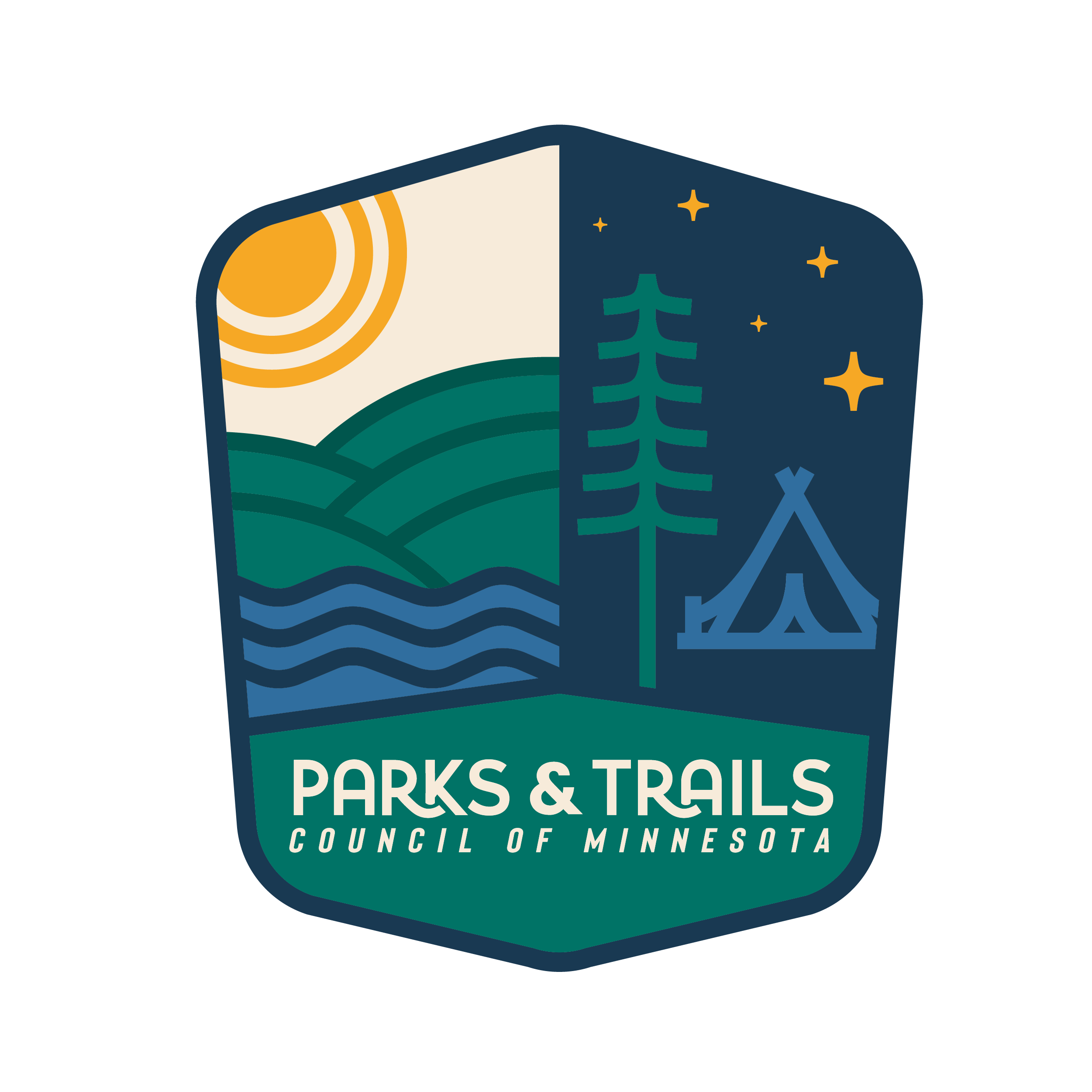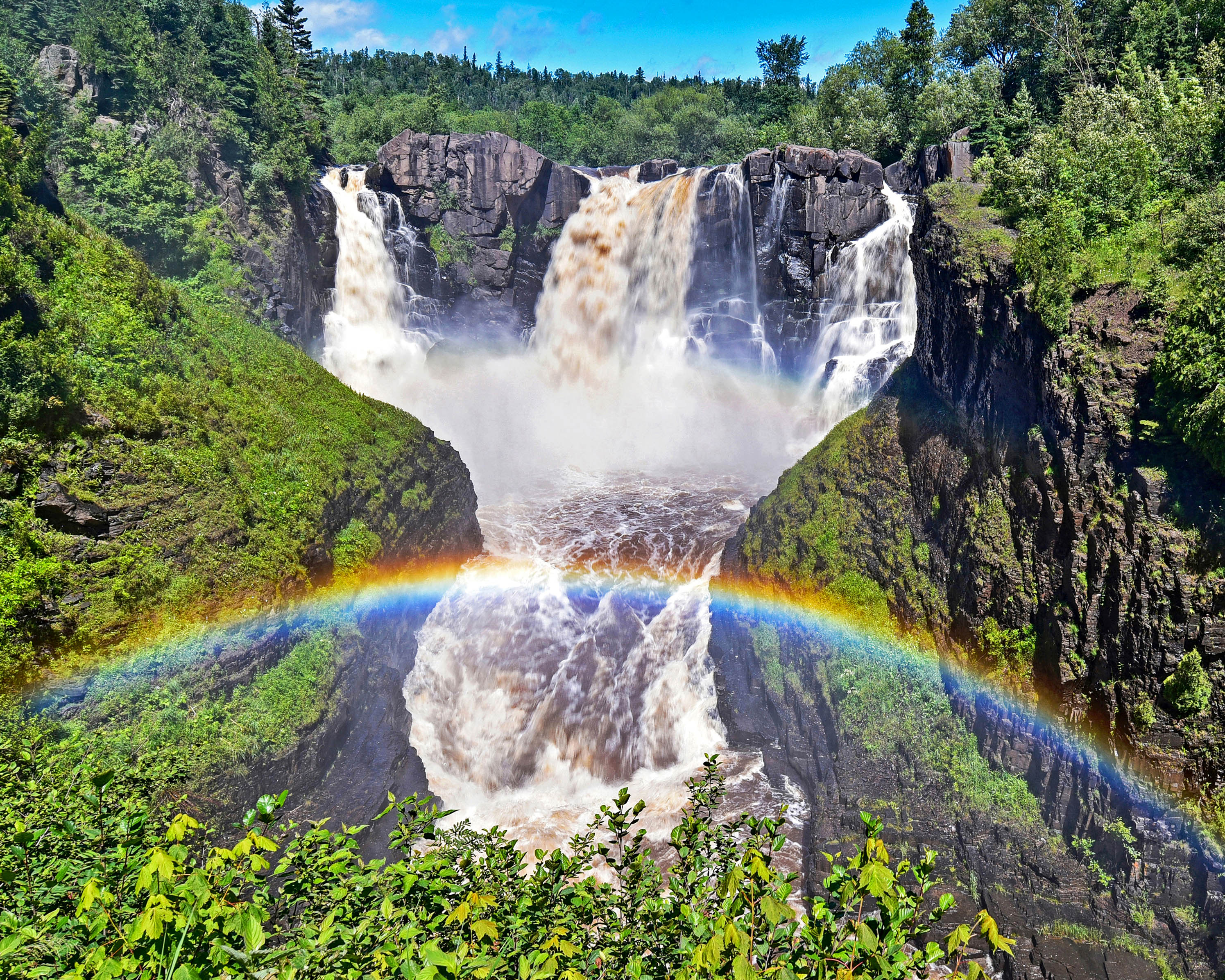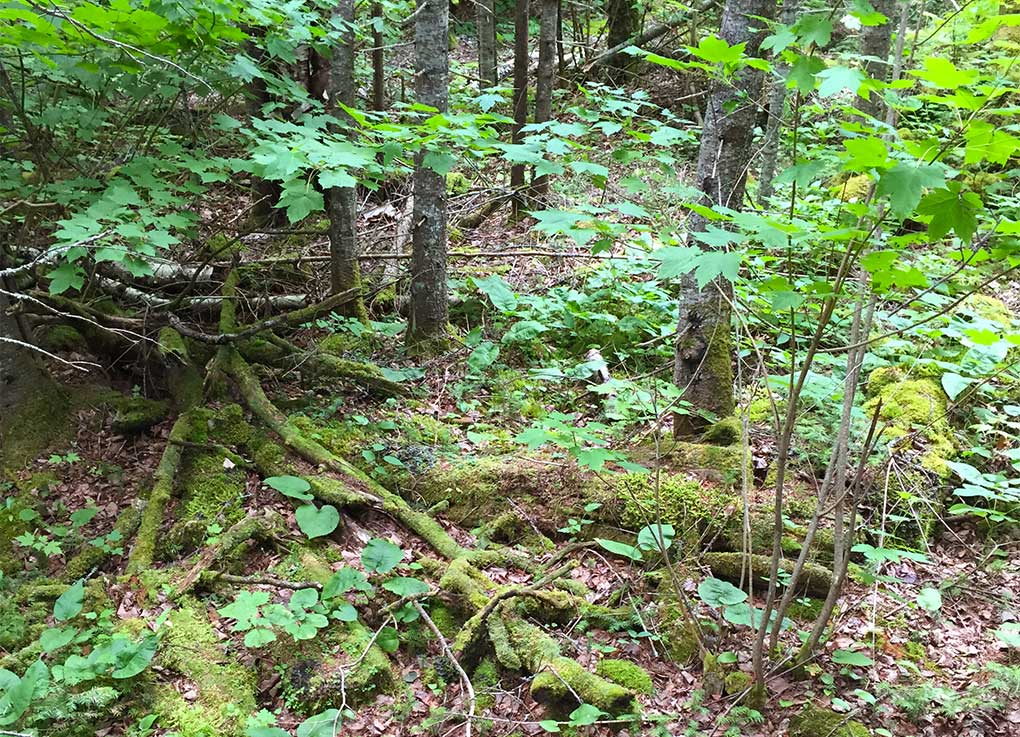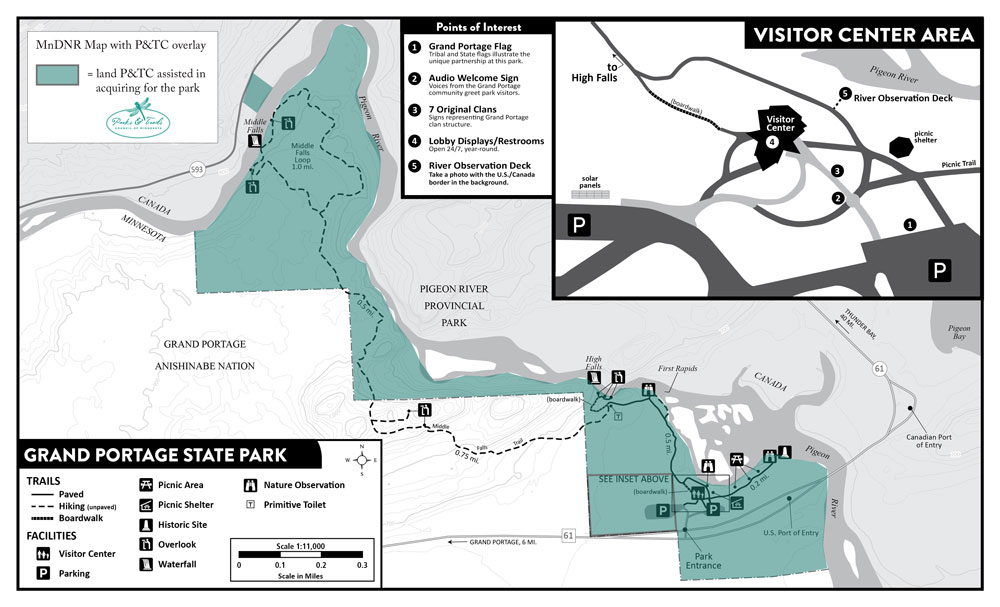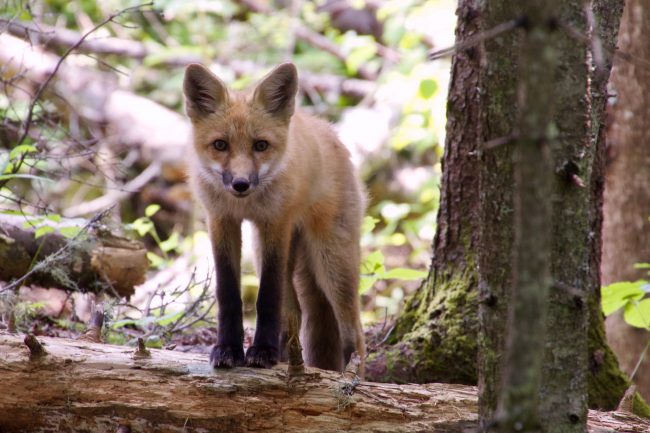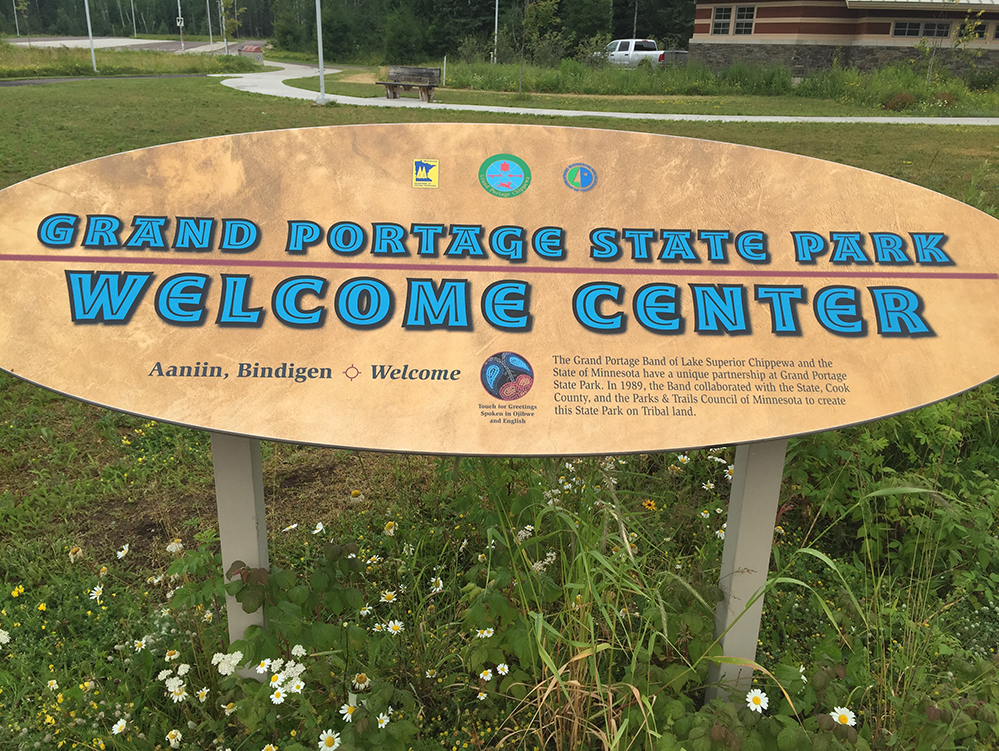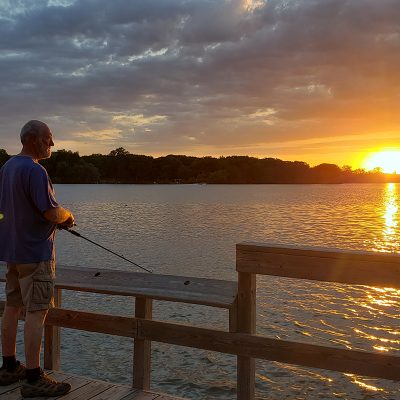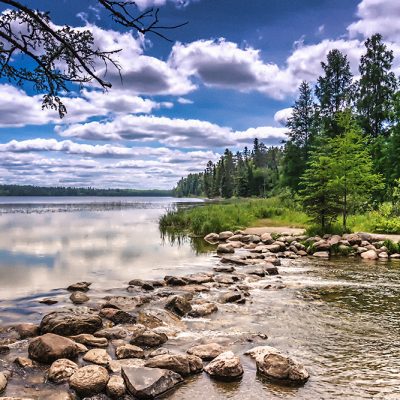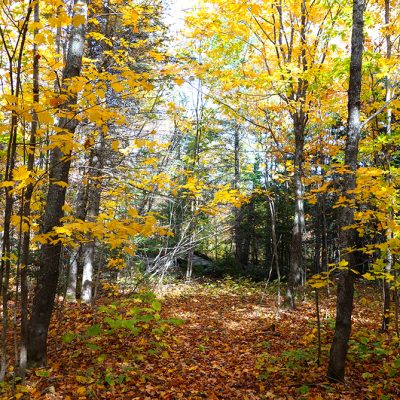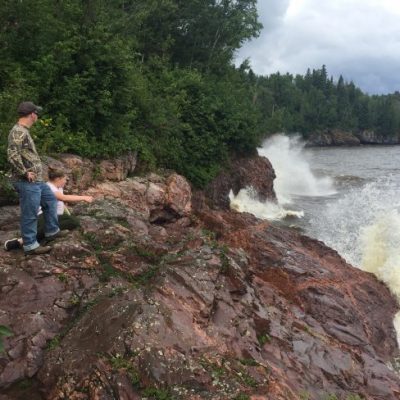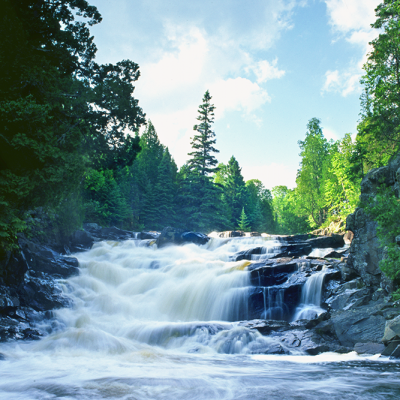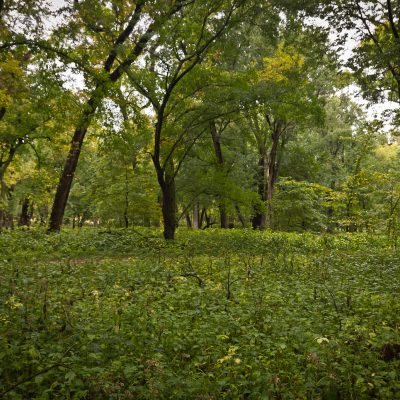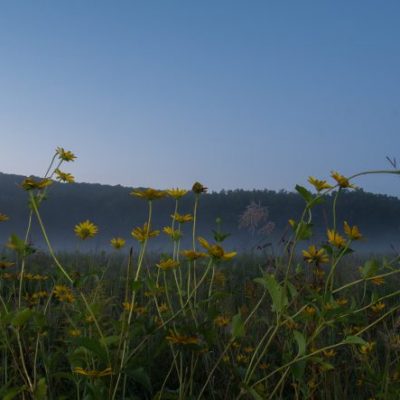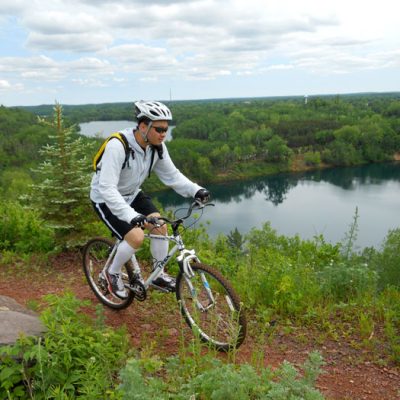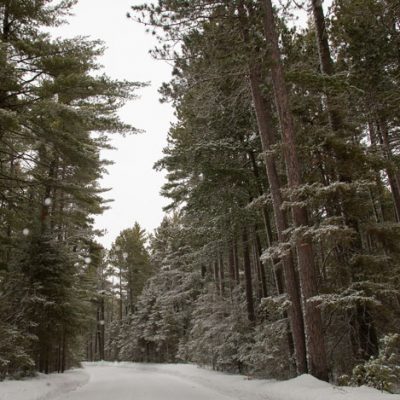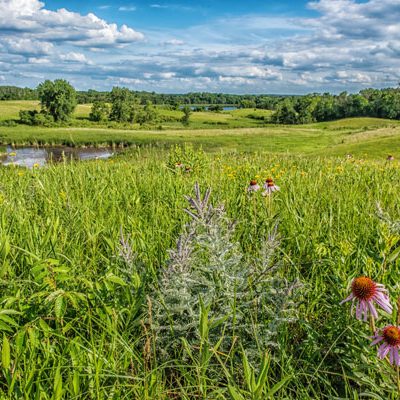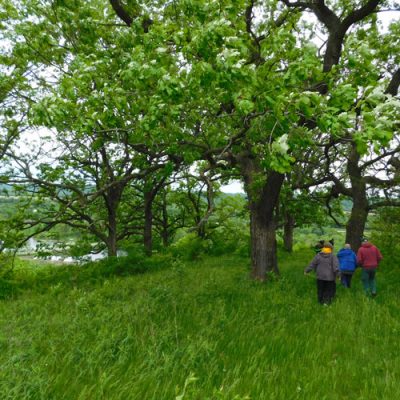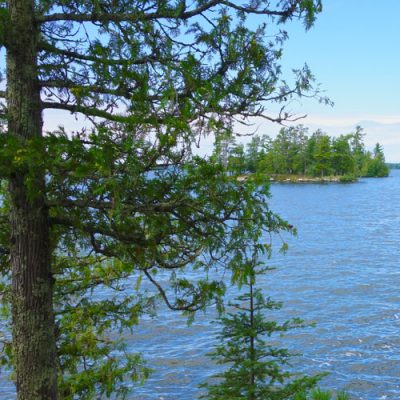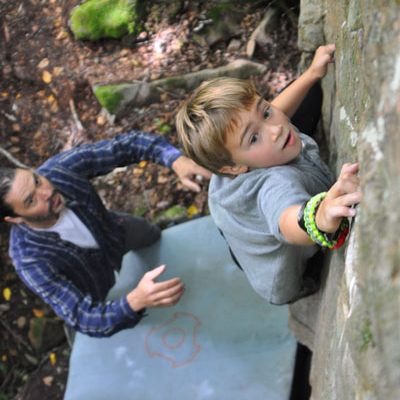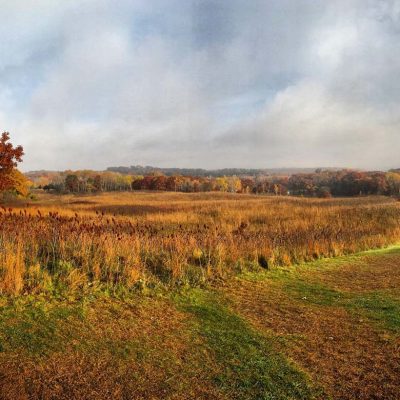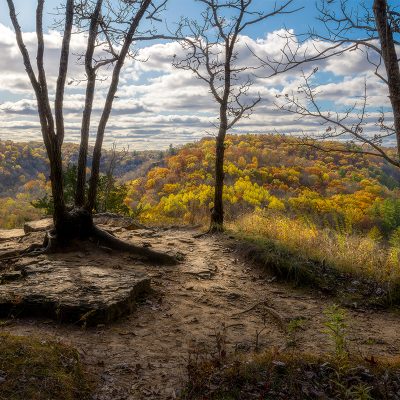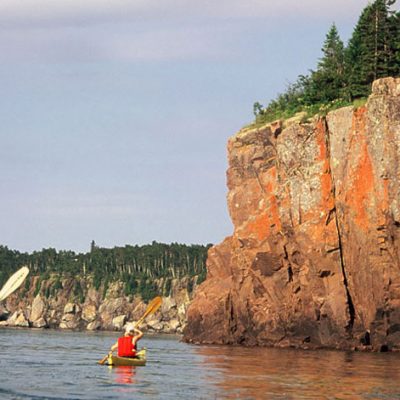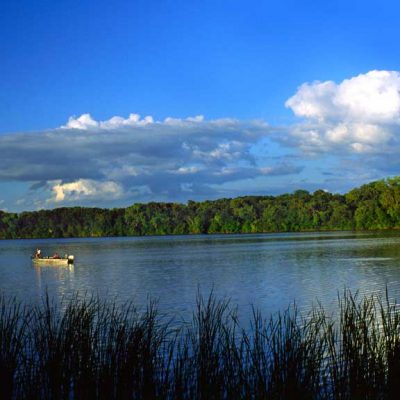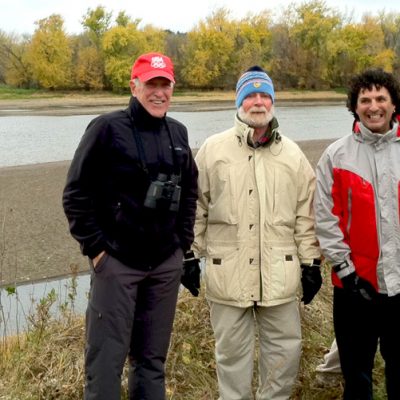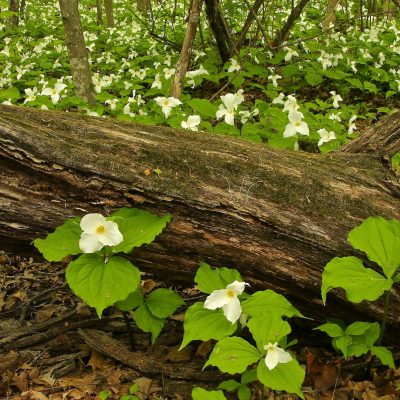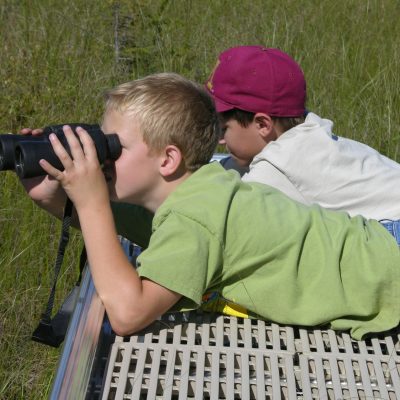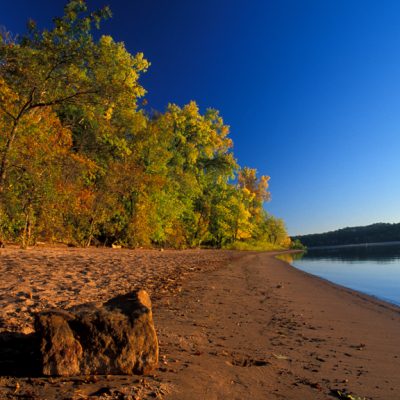In the late 1980s not many people knew about Minnesota’s most majestic waterfall, which lay in private ownership at the tip of the Arrowhead. And it would have remained that way had the right people not come together at the right time to persist in making it a state park.
Located on the ancestral lands of the Grand Portage Band of Ojibwe, this place remained special to the Band even as they lost access due to complex history rooted in the Nelson Act of 1889.
Somewhere around the 1950s, a married couple bought the roughly 270 acres from the government and owned it for decades.
In the mid 1980s, the deputy commissioner of the MnDNR, Steve Thorne, learned of the tribe’s desire to buy the land, which was hindered by lack of funds. Having worked on Indian law for the Minnesota Attorney General’s Office, Thorne was uniquely positioned to float an innovative idea of partnering to protect the land.
The land would be purchased by the state, donated to the Bureau of Indian Affairs to become part of the Grand Portage Indian Reservation, then leased back to the state to be managed as a state park with a special focus on interpreting Native American heritage. It was a completely unique idea that had never been tried anywhere else before.
The only hold-up was the legislation, which was threatening to take longer than the landowners were willing to wait. To ensure the land wasn’t sold to another private landowner in the meantime, Parks & Trails Council of Minnesota purchased the land in 1987.
To aid in making the case for creating the state park, Parks & Trails Council commissioned at least one study of the ecological value of the land. After four years of advocating at the state capital by MnDNR, P&TC and others, the legislation passed creating Grand Portage State Park in 1991.
Today, everyone can experience first-hand Minnesota’s tallest waterfall and learn about the rich Native American history of this area.
